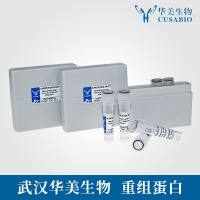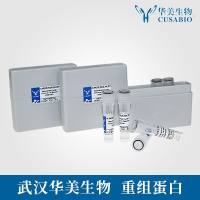Ultrastructural Localization of Peptides Using Immunogold Labeling
互联网
互联网
相关产品推荐

NPFF/NPFF蛋白/FMRFamide-related peptides蛋白/Recombinant Human Pro-FMRFamide-related neuropeptide FF (NPFF), partial重组蛋白
¥69

PE Antibody Labeling Kits(PE抗体标记试剂盒),阿拉丁
¥1699.90

Recombinant-Drosophila-melanogaster-Tachykinin-like-peptides-receptor-99DTakr99DTachykinin-like peptides receptor 99D Alternative name(s): dTKR
¥13398

Nppa/Nppa蛋白/(Atrial natriuretic factor prohormone)(preproANF)(proANF)(Atrial natriuretic peptide prohormone)(preproANP)(proANP)(Atriopeptigen)(Cardiodilatin)(CDD)(preproCDD-ANF)蛋白/Recombinant Mouse Natriuretic peptides A (Nppa)重组蛋白
¥69

N_P_PA/N_P_PA蛋白Recombinant Human Natriuretic peptides A (N_P_PA)重组蛋白Atrial natriuretic factor prohormone;Atrial natriuretic peptide prohormone;Atriopeptigen ;Cardiodilatin;preproCDD-ANF蛋白
¥1836

